In this blog post I want to show you my 20 street photography tips that have helped me in my street photography.
I always give these tips to my participants in my street photography workshops . Have fun with the 20 tips for better street photos!20 Street Photography Tips For Better Street Photographs
1. Tips for the camera
The smaller, lighter, quieter, and faster your camera, the better. Sure, you can take street photos with a full frame or medium format camera, but the likelihood that the subject will notice that they are being photographed is much greater than with a smaller camera. That's why I recommend working with an APSC or MFT camera.
I usually work in A (Aperture Priority) or M (Manual) mode. Others prefer to work in S mode (Speed Priority) because they want to make sure that the images are not blurred in the end. Whichever mode you choose, you should always keep an eye on the settings:
What I can recommend, however, is to work with a shorter exposure time , e.g. 1/125 sec. Or shorter.
The ISO is of course dependent on the light available, but ISO 400 or even more is quite suitable for street photography. The images don't have to be perfect, so you can easily go up to 1600 or more if you need to. Today most digital sensors are so good that you can even work with ISO 6400 without the image becoming noisy (see Sony cameras for example).
The aperture is of course a matter of taste, but with a more closed aperture you can't go wrong. This achieves a deeper depth of field. With street photography you have to work fast, and of course it would be a shame if the focus point wasn't set correctly because you were working with f / 1.8 ...
What also helped me personally was working with a fixed focal length . At the time I had a Nikon D3000 with a kit lens. At some point I also bought a Nikon 50mm f / 1.8 and that influenced me a lot. When you work with a fixed focal length for a while, you get used to the angle of view from the lens. And because you cannot zoom in, you actually have to move and actively deal with the subject. By the way: Many photographers (such as Henri Cartier-Bresson) have worked with a single focal length for most of their lives. Cartier-Bresson mainly worked with a 50mm lens.
Our best recommendation is the OLYMPUS OMD EM 10 MK II (595$ only):
2. Be Always Ready: always have your camera with you
You never know when something interesting can happen on the street. And you have to be prepared for this very moment. That's why you should always have at least one camera with you. Your smartphone is enough for that, you probably have it with you most of the time anyway. If you have a DSLR or mirrorless camera with you, then you should actually have it in your hand if you want to react quickly. By the time you unpack the camera from your bag, turn it on and change the lens, the situation is over.
3. Work with creative limitations
I've already written about creative limitations in this blog post . The point is to set restrictions on photography (e.g. not taking more than 36 photos or working with a fixed aperture). Creative limitations lead to the fact that we come up with new solutions, through new solutions. By the way, I didn't make the whole thing up: it's one of the creativity technique of lateral thinking (Edward de Bono introduced this term in 1967).
"Twelve significant photographs in any one year is a good crop."
- Ansel Adams
4. Practice Image composition & structure
I think it's a shame that most beginner photography courses don't cover this topic. In my opinion, it's at least as important as the technical basics of photography. That's why composition is always part of my workshops.
“Composition is a way of expressing ideas. In the language of fine arts, grammar and syntax are called "composition". It's about the controlled arrangement of the elements in order to achieve clear communication. You learn composition by not looking at the scene for what it is in the real world, but as a collection of lines, shapes and colors ”
- Photographic Composition, Tom Grill & Mark Scanlon
There are a lot of compositional principles that you can learn and practice: the rule of thirds, the Fibonacci spiral, contrast, framing, etc. When you have learned and practiced these, you will internalize them and will no longer have to actively think about them.
5. Analyze images from other street photographers, especially the "masters of photography"
I think it's very important to look at pictures from other street photographers. you can learn an incredible amount in the process. Take a look at the pictures of your favorite photographer and examine the composition. What do you see? Which compositional principles were used? What kind of emotion was captured? Which colors were used?
The 'masters of photography' are not just called the 'masters of photography'. That's why I recommend you to look at some of the most famous photographers and analyze their pictures. Here are a few of my favorite photographers: Sebastião Salgado , Steve McCurry , Henri Cartier-Bresson , Joel Meyerowitz .
"The more pictures you see, the better you are as a photographer."
- Robert Mapplethorpe
6. Watch films and pay attention to the composition
Good photographers compose really good pictures. But filmmakers have the luxury of composing near-perfect images. Nothing in a film is random, everything has a reason. Image composition is one of the things cinematographers think about during preproduction .
Therefore you should watch films and pay attention to the composition of the pictures. Some cinematographers that I really enjoy (and from whom I also learn an incredible amount) are Emmanuel Lubezki , Roger Deakins and Hoyte van Hoytema .
7. Don't be afraid to take 'bad' pictures
Judging pictures is totally subjective anyway. Therefore it is difficult to say what is a 'good' and what is a 'bad' picture. But I think it's important to just take photos, whether they're good or bad. It's about learning to take photos and training the eye . The more photos you take, the more likely you are to get a 'good' picture. But by the time you've taken that one 'good' picture, you've probably taken a lot of 'bad' pictures. And that's okay. Because I still feel like that today.
"Your first 10,000 photographs, are your worst."
- Henri Cartier-Bresson
8. Control your camera
You should know your camera by heart so that you don't lose time later when you have to adjust a setting. I know cameras today have incredibly complex menus and some settings are damn hard to find. We all have to deal with that. But much more important than these hidden settings are the basics of photography : the exposure time, the aperture and the ISO. You should at least master these three things and their connection if you want to concentrate on your subject and your surroundings. The more you know your camera, the less you will have to think about the settings.
When I take photos I hardly think about the settings at all. Sometimes I don't even care if the picture is very overexposed or underexposed. The main thing is that I have caught the decisive moment .
9. Use all your senses
When I take photos, I pay attention to all of my senses . Of course the eyes are the most important tool used by us photographers, but that's not all. For example, when I'm out and about, I don't listen to music because I want to be aware of what is happening around me. Sometimes you can anticipate images by hearing what will happen before it does.
I took this picture on the Greek island of Spetses. It was a sunny summer day and of course I was out with my camera. Suddenly I heard the unmistakable sound of an arriving horse. I knew the noise was coming from the left side, but I couldn't see anything yet. On my left side I found this gate, which I used as a natural frame for the picture. Then I waited until the carriage drove by and took some pictures of it.
10. Try new things: Get out of your comfort zone
Sometimes it can help to photograph something other than just 'street'. If you've always been into street photography, you might just try taking nature photos or portraits . You can also find interesting subjects in other areas of photography. Don't forget, the main thing is to train your eyes and perceive your surroundings in a new way!
11. Visualize the finished picture before you press the shutter release
To visualize the finished image before taking the photo, you will definitely need some practice. Look for lines, shapes and colors and form the visual relationships between the individual elements before you look through the viewfinder.
“Look and think before opening the shutter. The heart and mind are the true lens of the camera. "
- Yousuf Karsh
12. Anticipate: Find an interesting starting point, compose your picture and wait for the “decisive” moment
What I often do is find an interesting starting point, compose my picture and wait for the decisive moment. It's a technique that is very popular in street photography. Henri Cartier-Bresson already took this picture. But what is actually an interesting starting point? It could maybe just be the golden light at sunset, or maybe an interesting composition to discover while running.
13. Pay attention to the background
I find that the background is at least as important as the foreground or the main subject. If you use a fully loaded background, there is a risk that the viewer will not be able to find the subject later. To avoid that, I try to create simple compositions and reduce my images in such a way that they are easy to understand.
14. Wait. Wait a lot.
You have found an interesting starting point, but the decisive moment has not yet arrived. Then you have no choice but to wait. Sometimes you will be lucky and sometimes you won't. I've waited a really long time in one place until the decisive moment arrives. It will take some patience , but if the picture is important to you, it will be worth it.
15. Do not take the camera down after taking a picture
If you take a picture of someone on the street and you don't want them to notice, don't take the camera down after taking the picture. Pretend you're photographing something behind this person. The biggest mistake you can make is looking the person straight in the eyes (when you don't want to be noticed). The person will know right away that you took a picture of them. I've been using this method for a long time and to date it has always worked very well.
16. Post production
I believe that 50% of the work is done while taking photos and the other half in post-production. Because post-production is much more than developing or editing an image ...
Here it is important to organize and sort the photos well . Fortunately, there are wonderful tools for this, such as Adobe Lightroom Classic CC . You should organize your pictures well (e.g. by subject, date, etc) because you will keep coming back to them. This process has to be quick, so I recommend you practice working with Lightroom. I have been working with this program for over 6 years and I am more than satisfied!
After you've imported and organized your images in Lightroom, the most important step continues: choosing the good or best images . What a good picture is is a topic for another blog post… When selecting, look for the picture with a particularity . It can be a random incidence of light, a look, a posture, a strong emotion or something similar. When you've taken 100 photos, you may have a good picture or two with you, and you'll need to find them. The rule here is: less is more .
"Street Photography is 99.9% about failure"
- Alex Webb
17. Don't worry about your 'own style'
What is actually your 'own style'? When people speak of 'their own style', they mean that they recognize certain elements in the pictures of a certain photographer over and over again (e.g. the homeless portrait series by Lee Jeffries). Either because the pictures have a certain composition, or because the topic comes up again and again, etc.
All photographers are looking for a way to find their 'own style'. But in my opinion, it doesn't work that way. It's like creativity: you can practice it but you can't force it. Instead of thinking about how to develop my style, I prefer to go out to take photos. I think in the course of time you will develop your own style automatically: you will know what you like to photograph, how you photograph it and how you develop the pictures later. But take it easy, you cannot expect to have found your own style within a short period of time. It takes time.
Sebastiao Salgado, is of the opinion that there really is no such thing as 'your own style'.
“I don't believe a person has a style. What people have is a way of photographing what is inside them. What is there comes out. "
- Sebastiago Salgado
18. The best camera is the one you have with you
It's not about having the most expensive camera with the most expensive lens. By now, even the camera you already have is probably better than Ansel Adams' camera . Don't forget that photographers used to work with very limited resources: they didn't have digital cameras with ISO 1 million and 4k video. They only had a purely manual camera with 35mm film.
“We all experience it. Those moments when we gasp and say, "Oh, look at that." Maybe it's nothing more than the way a shadow glides across a face, but in that split second, when you realize something truly remarkable is happening and disappearing right in front of you, if you can pass a camera before your eye, you'll tear a piece of time out of the whole, and in a breath, rescue it and give it new meaning. "
- Joel Meyerowitz
19. Only take photos when you feel something
When you start out with photography, it is important to take lots of photos and practice the basics. But once you have found your way of working, it becomes more and more important to select the moment in which you pull the trigger. For me it is important that my photos convey a feeling and I can only achieve that if I feel something myself at that moment. The feeling is what makes your picture special. When you capture a moment like this, you don't need a 'perfect composition'. Through the feeling, your picture will appeal to people in a very special way. And that's why it's much more important for me to pay attention to the moment and the feeling than to the basics of the composition.
“Photography for me is not looking, it's feeling. If you can't feel what you're looking at, then you're never going to get others to feel anything when they look at your pictures. "
- Don McCullin
20. Break the rules
Especially at the beginning it is important to deal with certain basics and 'rules' of photography and composition, but the more experience you get, the more you will question these rules. Do not accept everything as it is given to you. Only by questioning can you find out how best to work.
Rules can be a good guide, but sometimes the best results come from breaking the rules. That's the nice thing about art, there is no right or wrong. Therefore: Have fun trying it out!
“To me, photography is an art of observation. It's about finding something interesting an ordinary place ... I've found it has little to do with the things you see and everything to do with the way you see them. "
- Elliott Erwitt
And we are done! Those were my "20 Street Photography Tips For Better Street Photographs" and I hope you got some of them for yourself. Tell me in the comments which tip is new for you. You can find more articles about photography on my blog.


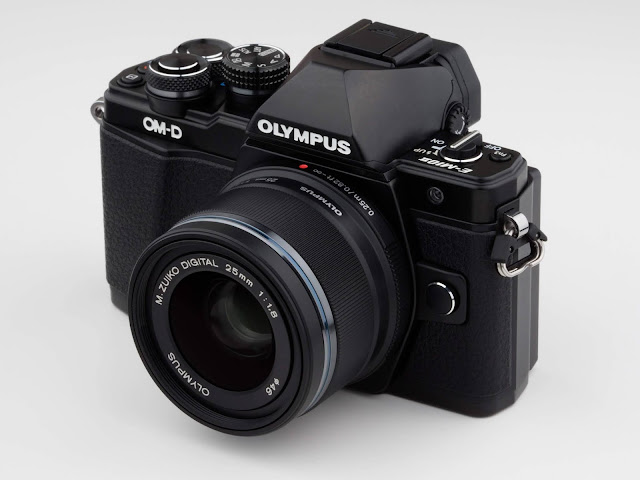
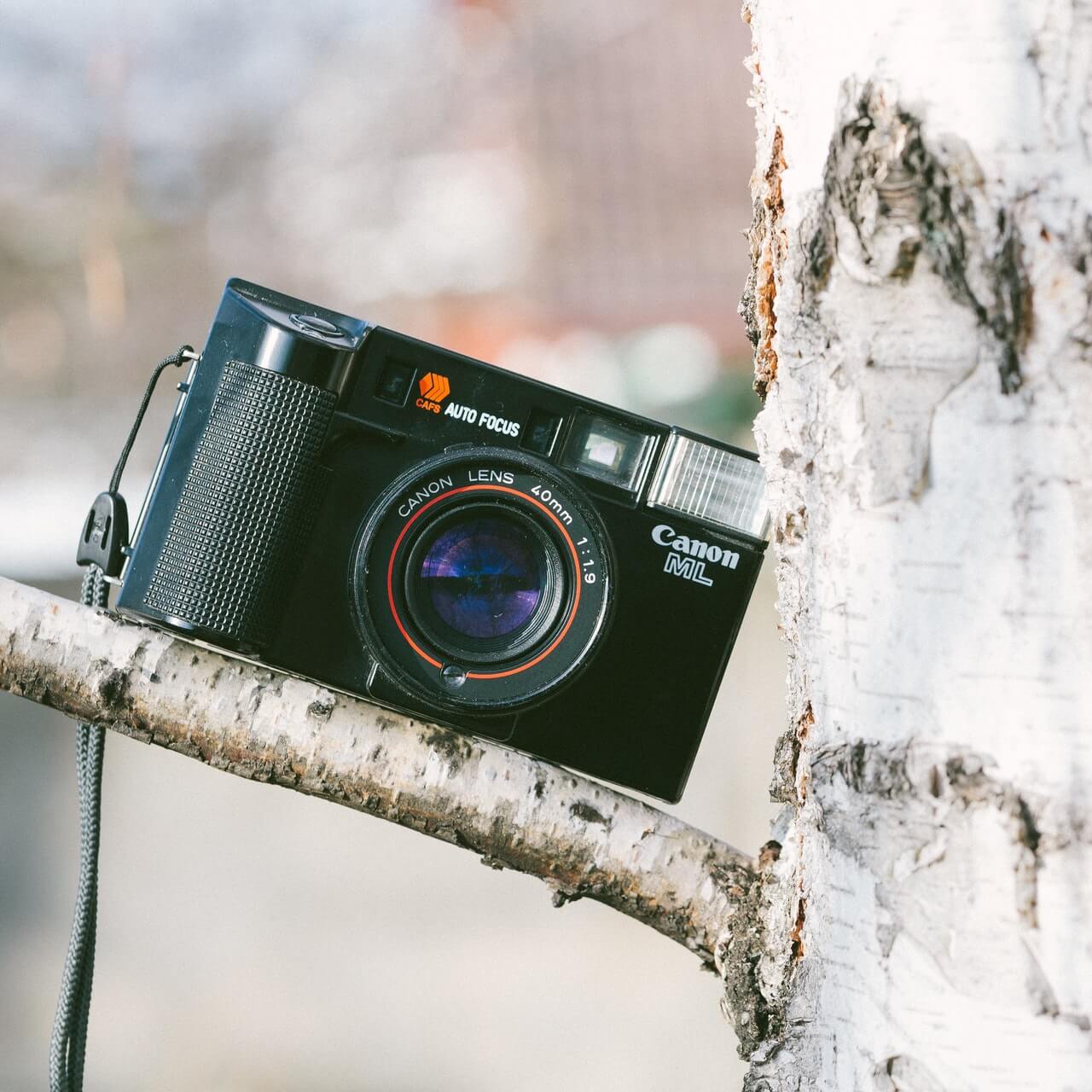

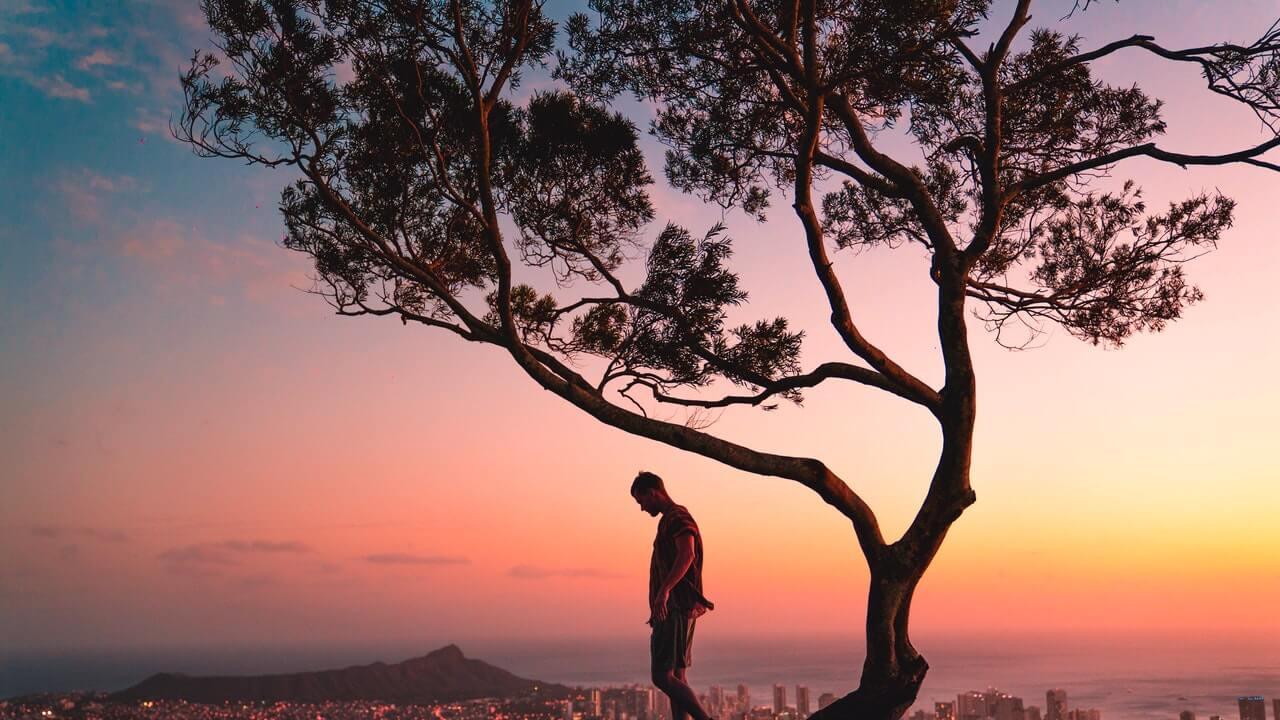




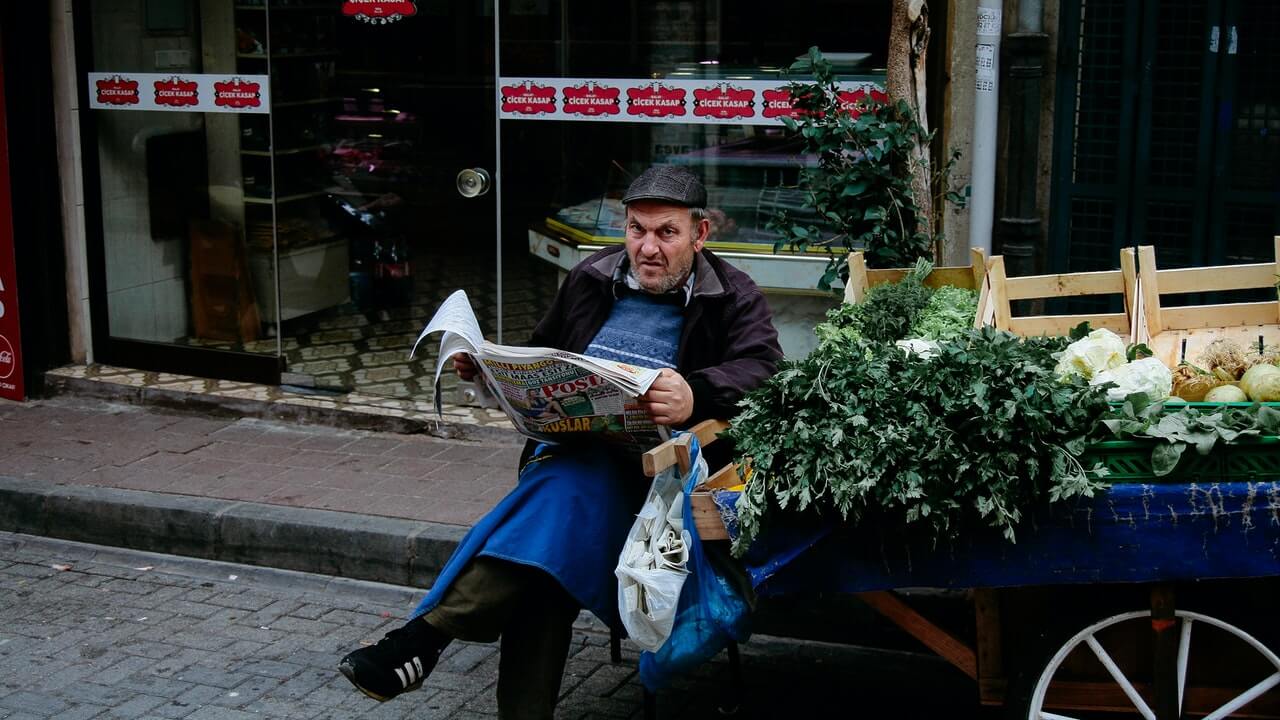
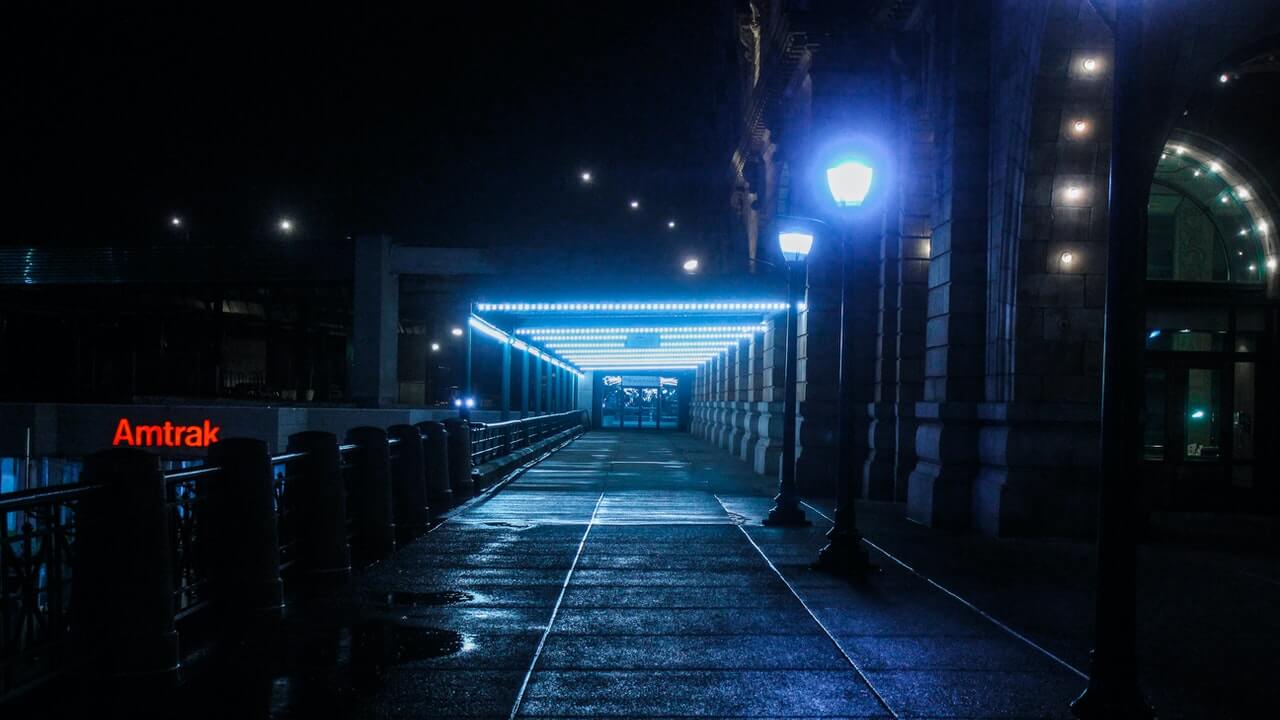
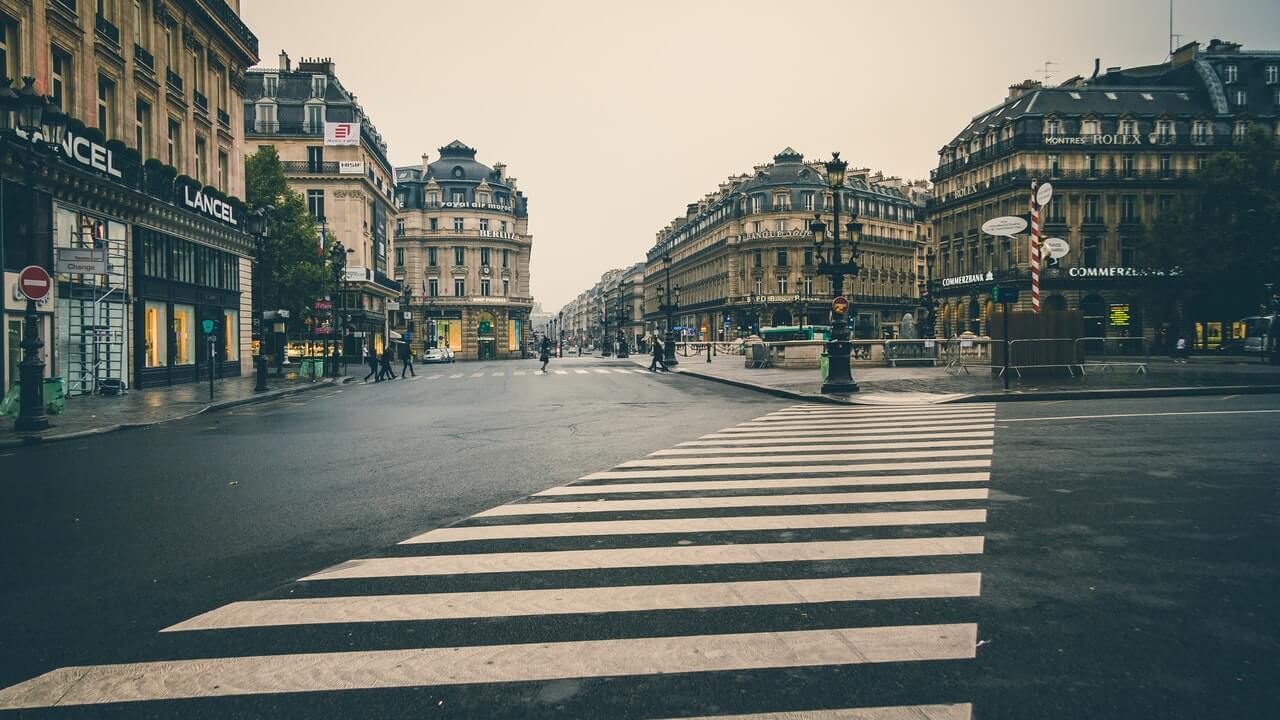
No comments
Post a Comment